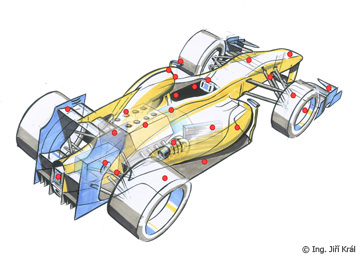Crankshaft
Miroslav Sanytrák/Boris Dacko | 10.2.08 | Válce
F1 construct
The crankshaft is one of the essential parts of the engine, as it transfers the advance motion of the pistons and connecting rods to a purely rotating movement that is required at the output shaft of the engine. The crankshaft is fitted with cranks, their number corresponding to the number of pistons. The number of pistons also determines the relative angle of the cranks. From this point of view, current V8s are completely different from the previous V10s or even older V12s. Considering the regularity of ignition and smoothness of its work, the cranks must be rotated by exactly the same angles, whereas their total must be 720°. Speaking of 3-cylinders it means 240°, for 4-cylinders it is 180°, for 6-cylinders 120° etc. While this angle for the former 10-cylinders was 72°, you might expect 90° for an 8-cylinder. However, a racing engine differs greatly from stock engines and it cannot be more true about the current 8-cylinders. A usual stock V8's cranks are rotated by 90° with one connecting rod for each crank. In contrast, in the F1 engine the connecting rods of opposite pistons are mounted to the same crank reducing thus their number from the usual eight to only four. Therefore the cranks are relatively rotated by 180°, similarly to 4-cylinders.
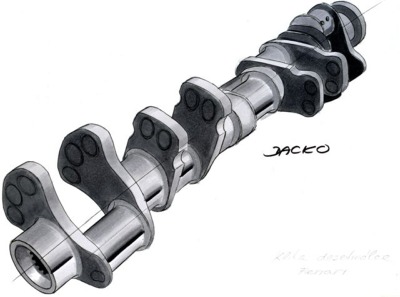 |
Actually, the engine works like a 4-cylinder, because instead of eight timed ignitions it has only four. The only difference is that instead of one piston, there are always two being ignited at the same time. Such configuration was welcome with the previous generations of engines, i.e. 10-cylinders working as 5-cylinders or 12-cylinders with a crankshaft design similar to one of a 6-cylinder. The reason for this anomaly is the need to reach higher power output. If you would like to know why the stock V8s do not use similar design, the explanation is easy. Eight ignitions mean more regular and refined performance of the engine, which is the main reason for customers to chose them at all. For a racing engine though, refinement is not so important. The primary objective is just the power. Generally speaking, crankshafts are parted or imparted, however, the FIA regulations require only imparted construction for F1 engines. Also the material is stipulated, it is steel.
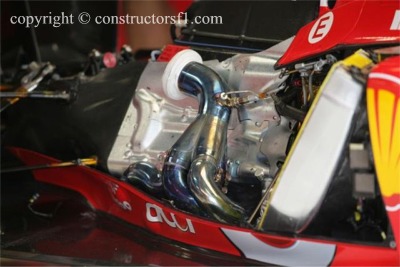 |
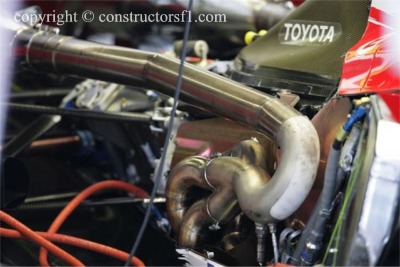 |
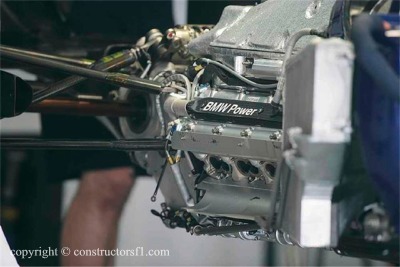 |
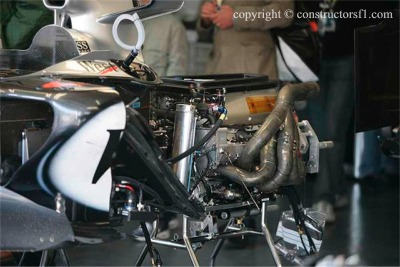 |




